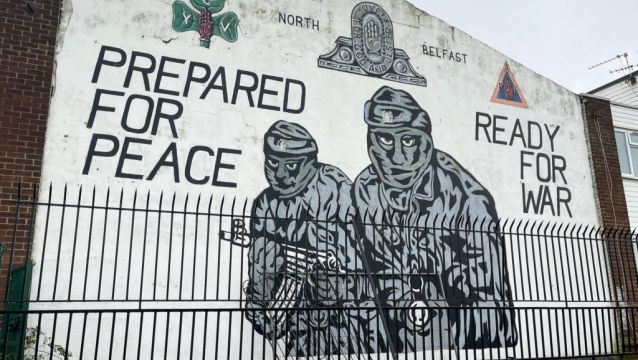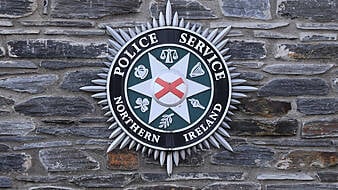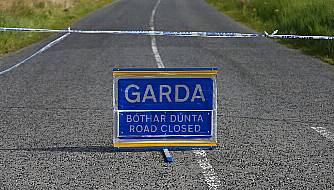A new study has proposed a model to explain the continued existence of paramilitary terror groups in Northern Ireland.
The research paper from Queen’s University Belfast, Ulster University, Co-operation Ireland and the Strategic Investment Board explores the enduring presence and influence of armed and paramilitary groups 30 years after republican and loyalist ceasefires.
The authors have created the model with three key factors to explain the persistence and adaptability of the groups – legitimacy, utility and threat.
The research said that armed groups in Northern Ireland had “always drawn legitimacy from the historical narrative of a political cause and/or in defence of a community”.
It said: “Narratives are structured along lines of historic religious identity, shaped by class and locality.
“Although formally illegal, these groups are often informally recognised and consulted, blending into the social fabric through traditions, rituals, and storytelling.”
Regarding utility, it said the existence of a “shadow bureaucracy with a presence in local communities makes armed and paramilitary groups a detrimental factor in many areas”.
The research added: “Their involvement in community leadership, and illegal activities including alternative justice mechanisms, supply of illegal drugs, and money lending, maintains their relevance in many communities.”
The paper said that paramilitary groups continued to exert a degree of control over community activity and resource allocation through threat and coercion.
It said: “Although manifested differently over time, the three factors are important both in explaining why groups persist through changing circumstances and indicate the issues which must be addressed to enable a successful transition from paramilitarism in communities.”
The authors said the paper could be used to inform the development of future public policy on this issue.
Dr Brendan Sturgeon from Queen’s University Belfast said: “Paramilitarism created enduring practical and analytical challenges in Northern Ireland.
“The practical challenges are well known and are regularly reported on by the local media.
“The analytical challenges often receive less focus but have a direct impact on how we respond to the aforementioned practical challenges.
“It is our feeling that by taking the time to carefully address the analytical issues related to this matter, we will be in a better position to challenge the continuing existence of paramilitarism in Northern Ireland.
“Our model is a direct attempt to do this.”
Professor Duncan Morrow from Ulster University said: “Paramilitarism has a long history in communities.
“This model suggests that real transition will require a multi-faceted approach involving political leadership, partnership-working between multiple agencies and communities to provide services to communities and a robust problem-solving approach to eliminate coercive control.”
The research team have been collaborating since 2020 under the banner of the Northern Ireland Peace and Conflict Group.
The paper was launched during an event hosted by ARK, Northern Ireland’s Social Policy hub, at Queen’s University Belfast on Wednesday.







